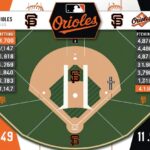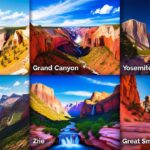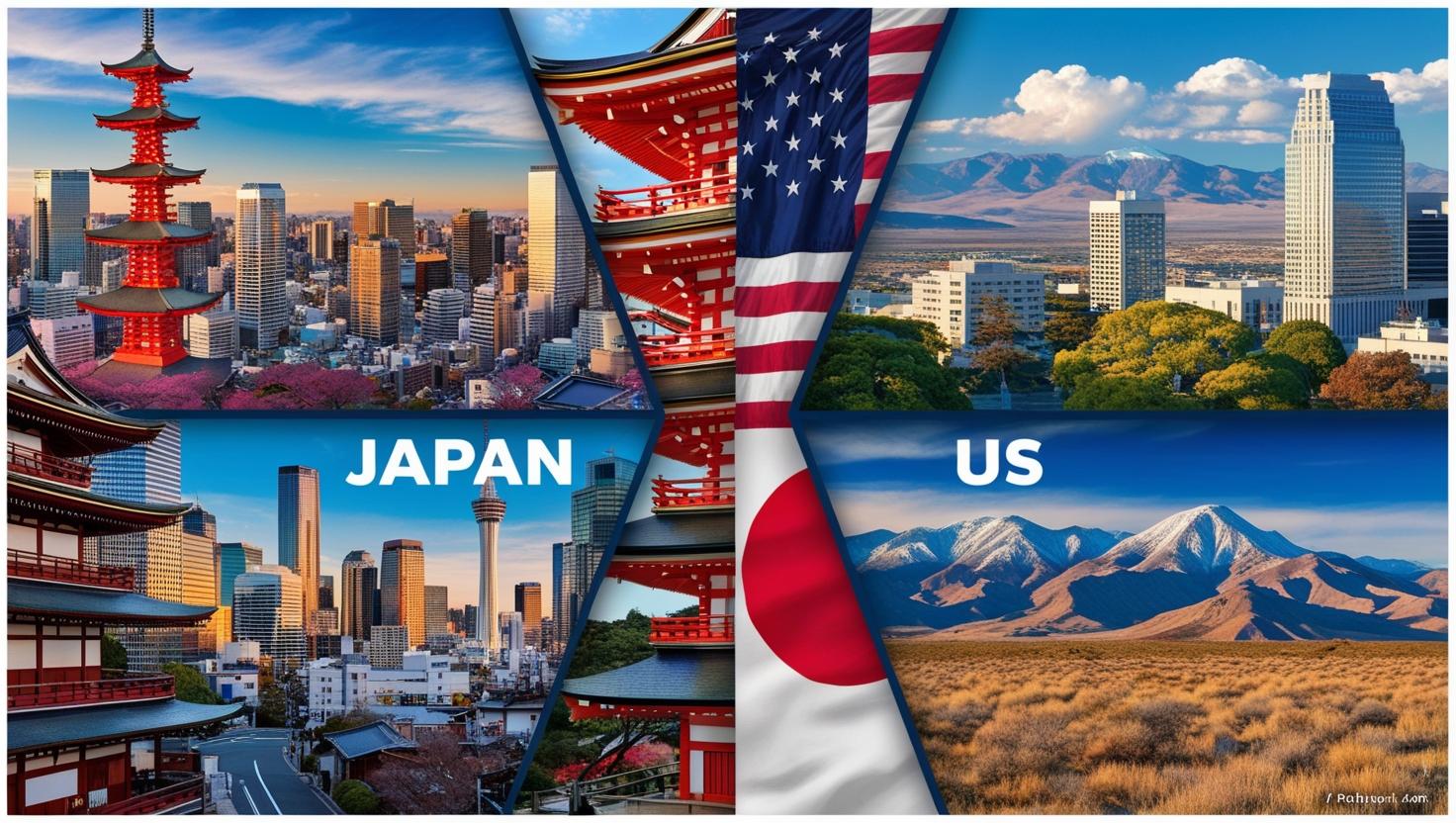Understanding the geographical and demographic differences between Japan and the United States can provide valuable insights into the cultural, economic, and environmental landscapes of these two influential countries. In this comprehensive guide, we will explore the key differences and similarities between Japan and the US, focusing on their size, population, economy, and more. Our focus keyword throughout this article will be “how big is Japan compared to the US.”
Outline
- Introduction
- Importance of comparing Japan and the US
- Overview of key aspects to be discussed
- Geographical Size
- Land area comparison
- Major geographical features
- Population Comparison
- Population size and density
- Urbanization and major cities
- Economic Comparison
- GDP and economic structure
- Key industries and economic activities
- Cultural and Societal Differences
- Language, culture, and traditions
- Education and healthcare systems
- Environmental Factors
- Climate and weather patterns
- Natural resources and environmental policies
- Conclusion
- Summary of key points
- Final thoughts on the comparison
- FAQs
- Five frequently asked questions
Introduction
Comparing the geographical and demographic aspects of Japan and the United States provides a clearer understanding of their unique characteristics and global significance. This article aims to explore various dimensions, including land area, population, economy, culture, and environment, to answer the question: “How big is Japan compared to the US?”
Geographical Size
Land Area Comparison
Japan and the United States differ significantly in terms of land area. The United States is one of the largest countries in the world, while Japan is relatively small. Here are some key statistics:
- United States: Approximately 9.8 million square kilometers
- Japan: Approximately 377,975 square kilometers
The US is roughly 26 times larger than Japan in terms of land area. This vast difference in size influences various aspects of life, from population distribution to economic activities.
Major Geographical Features
United States:
- The US boasts diverse geographical features, including mountains, plains, deserts, and coastlines.
- Major mountain ranges include the Rockies, Appalachians, and Sierra Nevada.
- Notable rivers include the Mississippi, Missouri, and Colorado.
Japan:
- Japan is an archipelago consisting of four main islands: Honshu, Hokkaido, Kyushu, and Shikoku.
- The country is characterized by mountainous terrain, with about 73% of its land being mountainous.
- Major rivers include the Shinano, Tone, and Kiso.
Population Comparison
Population Size and Density
Despite its smaller land area, Japan has a significant population. Here are the population statistics for both countries:
- United States: Approximately 331 million people
- Japan: Approximately 126 million people
While the US has a larger population, Japan’s population density is much higher due to its smaller land area. The population density of Japan is approximately 334 people per square kilometer, compared to about 36 people per square kilometer in the US.
Urbanization and Major Cities
United States:
- The US has numerous large cities, including New York City, Los Angeles, and Chicago.
- Urbanization rate: Approximately 82%
Japan:
- Japan’s major cities include Tokyo, Osaka, and Yokohama.
- Urbanization rate: Approximately 92%
Tokyo, the capital city of Japan, is one of the most densely populated cities in the world and serves as a major economic and cultural hub.
Economic Comparison
GDP and Economic Structure
Both Japan and the United States have advanced economies, but there are notable differences in their economic structures.
United States:
- GDP: Approximately $21 trillion
- Major sectors: Services, technology, finance, manufacturing
Japan:
- GDP: Approximately $5 trillion
- Major sectors: Manufacturing, technology, automotive, electronics
Key Industries and Economic Activities
United States:
- The US economy is diverse, with significant contributions from technology (Silicon Valley), finance (Wall Street), and manufacturing.
- Key industries include aerospace, automotive, healthcare, and information technology.
Japan:
- Japan is known for its manufacturing and technological advancements, particularly in the automotive and electronics industries.
- Key industries include automotive (Toyota, Honda), electronics (Sony, Panasonic), and robotics.
Cultural and Societal Differences
Language, Culture, and Traditions
United States:
- The primary language is English, with a multicultural population that includes various ethnic and cultural groups.
- The US celebrates holidays such as Independence Day, Thanksgiving, and Christmas.
- The culture is characterized by individualism, innovation, and diversity.
Japan:
- The primary language is Japanese, with a homogeneous population.
- Japan celebrates traditional holidays such as New Year’s Day (Oshogatsu), Golden Week, and Obon.
- The culture is characterized by collectivism, respect for tradition, and a strong work ethic.
Education and Healthcare Systems
United States:
- Education system: K-12 education, followed by higher education at colleges and universities.
- Healthcare system: A mix of private and public healthcare providers, with significant costs associated with medical care.
Japan:
- Education system: Six years of elementary school, three years of junior high school, and three years of high school, followed by higher education.
- Healthcare system: Universal healthcare coverage, with affordable and high-quality medical services.
Environmental Factors
Climate and Weather Patterns
United States:
- The US experiences a wide range of climates, from tropical in Florida to arctic in Alaska.
- Weather patterns vary significantly across regions, including hurricanes, tornadoes, and snowstorms.
Japan:
- Japan has a temperate climate with four distinct seasons: spring, summer, autumn, and winter.
- The country experiences frequent earthquakes and typhoons due to its location in the Pacific Ring of Fire.
Natural Resources and Environmental Policies
United States:
- The US is rich in natural resources, including oil, natural gas, coal, and minerals.
- Environmental policies focus on conservation, renewable energy, and reducing carbon emissions, but implementation varies by state.
Japan:
- Japan has limited natural resources and relies heavily on imports for energy and raw materials.
- The country has strong environmental policies, focusing on energy efficiency, recycling, and reducing greenhouse gas emissions.
Conclusion
In conclusion, understanding how big Japan is compared to the US involves examining various dimensions, including geographical size, population, economy, culture, and environment. While the US is significantly larger in terms of land area and population, Japan’s high population density and advanced economy make it a unique and influential country. By exploring these differences and similarities, we gain a deeper
FAQs
1. How big is Japan compared to the US in terms of land area?
Japan is significantly smaller than the United States in terms of land area. The United States is approximately 9.8 million square kilometers, while Japan is about 377,975 square kilometers. This makes the US about 26 times larger than Japan.
2. How big is Japan compared to the US in terms of population density?
Japan has a much higher population density compared to the United States. Japan’s population density is approximately 337 people per square kilometer, while the US has a population density of about 36 people per square kilometer.
3. How big is Japan compared to the US economically?
Economically, the United States has a larger economy with a GDP of approximately $21 trillion, compared to Japan’s GDP of around $5 trillion. The US economy is more diverse, while Japan’s economy relies heavily on manufacturing and exports.
4. How big is Japan compared to the US in terms of cultural impact?
Both Japan and the United States have significant cultural impacts globally. The US is known for its entertainment industry and global brands, while Japan is famous for its cuisine, anime, and traditional cultural practices.
5. How big is Japan compared to the US in technological advancements?
Both Japan and the United States are leaders in technological advancements. The US is home to Silicon Valley and major tech companies, while Japan excels in robotics, electronics, and automotive technology.
External Links
For further reading and information, consider exploring the following external links:










